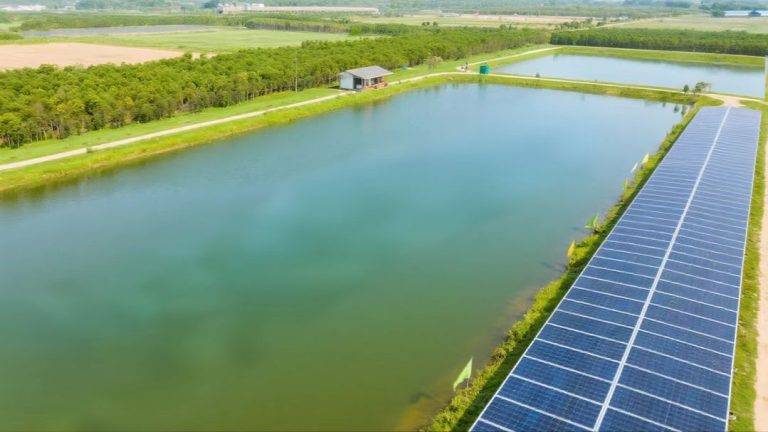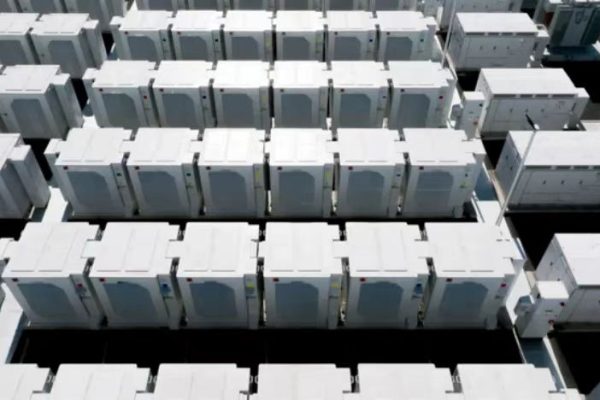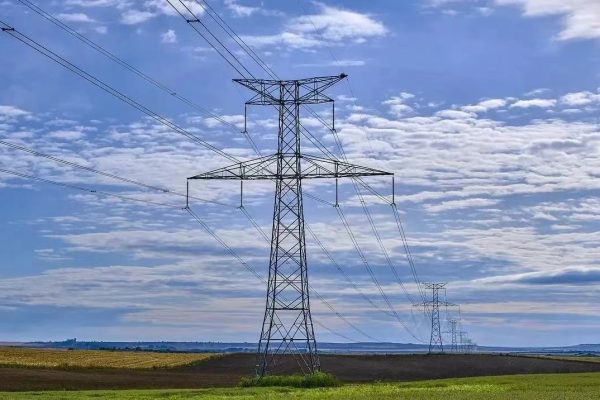Safety, Compliance, and Best Practices for Installers and Integrators
In any PV+ESS (energy storage system), grounding is not optional — it’s essential. A proper grounding strategy ensures electrical safety, system stability, and compliance with international codes. However, grounding becomes more complex in hybrid systems that combine AC and DC components, multiple power sources, and off-grid modes.
This article explains the key principles of grounding in PV+ESS systems, common mistakes, and how to implement practical strategies that meet international export standards — especially for installers and integrators in residential and small commercial projects.
🧭 What Is Grounding, Really?
Grounding refers to creating a low-resistance electrical path between the system and the earth (or designated reference point). It serves three key functions:
- Safety: Prevents electric shock during faults
- Protection: Allows breakers or RCDs to trip properly
- Voltage Stabilization: Keeps system voltage within design range
⚠️ No grounding = floating voltages = dangerous & non-compliant
⚡ Key Grounding Types in ESS Systems
| Type | Function | Where It Applies |
|---|---|---|
| Protective Earth (PE) | Safety connection to ground | All exposed metal parts (cabinets, racks) |
| DC Grounding | Stabilizes PV & battery voltage | PV negative, battery negative (selective) |
| AC Neutral-Ground Bonding | Enables RCD/fuse operation | Inverter output / ATS point |
| Functional Ground | EMI suppression, surge protection | Surge protectors, shielding |
🧩 Grounding in PV+ESS System Architectures
1️⃣ Grid-Tied System (With ESS)
- AC side is grounded at main panel (neutral-to-earth bond)
- DC side (PV and battery) is usually ungrounded with ground fault detection (GFDI)
Notes:
- Use PE for all metallic enclosures
- No need to ground PV– or battery– directly unless system requires it
✅ Most modern hybrid inverters are transformerless and rely on GFDI for DC protection.
2️⃣ Off-Grid / Backup System (No Grid Available)
Here, grounding is installer-defined and critical:
- You must create a neutral-to-ground bond on the AC output side (inverter output)
- Without this bond, RCDs and circuit breakers may not function correctly
Best Practice:
- Bond neutral to ground at the inverter output or in a separate grounding box
- Ensure proper ground rods (min 1.5–2.5m) are installed with <5Ω resistance
💡 Some inverters (e.g., Victron, Growatt SPH) have configurable neutral-ground relays — set this correctly during setup.
3️⃣ PV Grounding
- PV frames must be connected to Protective Earth (PE)
- DC negative is typically not grounded in modern transformerless systems
- Use ground fault detectors (GFDI) to monitor insulation failure
Caution:
- Do NOT ground both PV negative and battery negative — creates loop or overcurrent risks
🧱 Grounding Components You Must Understand
| Component | Purpose |
|---|---|
| Grounding Rod | Main connection to earth |
| Ground Bus Bar (GND) | Central point for all PE wires |
| Neutral-Ground Bond Relay | Switches N-G bond depending on grid status |
| Surge Protector (SPD) | Diverts lightning to ground |
| Equipotential Bonding | Ensures all metallic parts have same ground potential |
🚫 Common Grounding Mistakes
❌ 1. No Neutral-Ground Bond in Off-Grid Mode
- RCD will not trip = shock risk
- Inverter will float = erratic behavior
✅ Solution: Add N-G bond after ATS or inside inverter (if supported)
❌ 2. Double Grounding of DC Negative
- Creates unwanted return paths
- Can damage inverters or battery BMS
✅ Solution: Only ground one point — follow battery/inverter manual
❌ 3. Shared PE and Neutral in Same Terminal
- Causes circulating currents
- Fails compliance checks in EU/USA
✅ Solution: Keep PE and N wires separate in panels
❌ 4. Poor Grounding Resistance
- Surge protection fails
- Ground potential rises = shock hazard
✅ Solution: Test resistance (<5 ohms ideal, <1 ohm for telecom-grade)
✅ Use additional rods in parallel if needed
🔎 Field Checklist for Installers
- Is every cabinet and rack PE grounded?
- Is the AC neutral bonded to ground in off-grid mode?
- Is the ground rod resistance <5Ω?
- Are PV frames and mounting structures connected to PE?
- Are surge protectors installed and grounded?
- Are all ground wires >6mm² copper and securely connected?
🌐 Grounding and International Standards
| Standard | Notes |
|---|---|
| NEC 690.41 (USA) | PV system grounding and GFDI |
| IEC 60364 (EU/Int’l) | Electrical installation grounding |
| UL9540 / UL1741 | ESS system safety + bonding |
| GB/T 29321 (China) | Battery grounding requirements |
📦 When exporting hybrid cabinets, include a clear grounding diagram and instructions.
Grounding isn’t just about safety — it’s about system reliability, troubleshooting ease, and regulatory approval. For hybrid PV+ESS systems, a clear and well-documented grounding strategy helps avoid:
- Confusing error messages
- Electrical shock risks
- Failed inspections
- Communication interference
💡 Good grounding = quiet system, safe operation, and satisfied clients.









